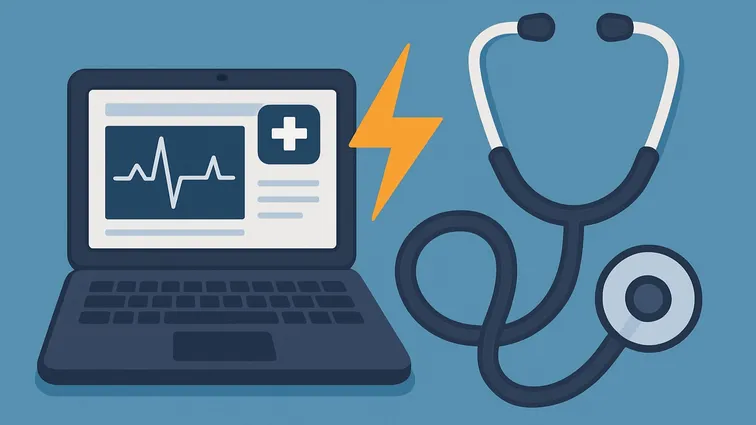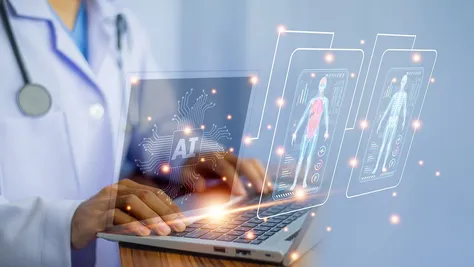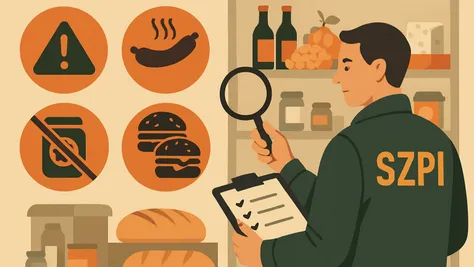In today’s healthcare landscape, software plays an increasingly vital role. What may come as a surprise to many is that under certain conditions, software can be classified as a medical device.
This applies when software is intended to be used for a medical purpose. It is mainly software intended to be used for treatment, diagnosis or monitoring of a physiological process or state.
However, not all health-related software is necessarily classified as a medical device. If software merely performs basic technical operations (such as storing, archiving, transmitting, simple searching, or compressing data), it typically does not qualify as a medical device.
Practical examples
Software that IS classified as a medical device:
- A smartwatch app that recognises irregular heartbeats and sends alarm notifications to the user or health practitioner for the purpose of detecting cardiac arrhythmia.
- Software that provides insulin dose recommendations (regardless of the method of delivery, whether via an insulin pump, insulin pen or insulin syringe)
- Drug planning systems (e.g. chemotherapy) intended to calculate the drug dosage to be administered to a specific patient.
- Telesurgery: Remote surgical procedures where virtual reality helps the surgeon control a robotic system.
Software that IS NOT classified as a medical device:
- Information systems that only transfer, store or archive data - essentially digital replacements for paper documentation.
- Communication systems (such as email, video calls, or speech-to-text conversion) - general tools without a medical purpose.
- Telemedicine systems that merely transfer and display data for the purpose of monitoring, without interpreting them. However, if such systems also have a medical purpose (e.g. if they analyse data or provide treatment), they are classified as medical devices.
What does it mean when software is a medical device?
It must meet the same regulatory requirements as any other medical device - most notably, it must undergo a conformity assessment. Special rules for advertising must also be observed. In practice, this means higher demands on development, maintenance, and preparation of marketing claims.
From the very beginning of software development or even during its procurement it is essential to assess the software’s regulatory status. Overlooking this can lead to serious issues with classification, certification, or placing on the market.
If you want to consult the official recommendations, the Medical Device Coordination Group (MDCG) has issued a guidance document "Guidance on Qualification and Classification of Software under MDR/IVDR" (MDCG 2019-11 Rev.1, June 2025), from which the above examples are taken. The European Commission has also produced a one-page infographic on this topic - summarising the key questions to ask when assessing the regulatory status of software.







